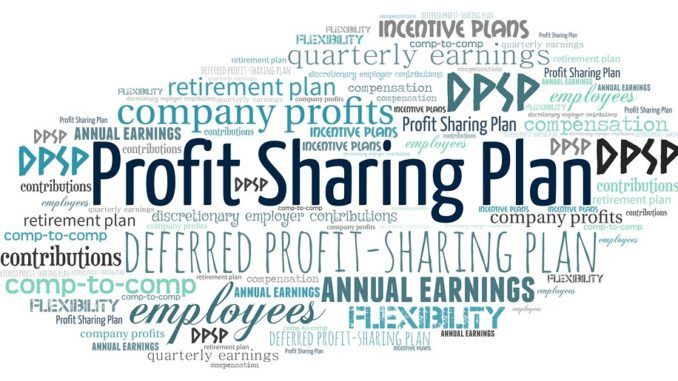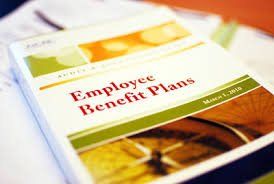The Tax Benefits of Employee Health Plans
- By Mark Bajus, CEBS
- •
- 01 Oct, 2017
- •

Coverage for the owner is treated for tax purposes the same as any other employee, as long as:
1) the owner is actually an employee of the company and not just a shareholder and
2) the owner’s coverage is reasonable and could be given to an employee with the same level of duties and responsibilities as the owner. You can’t give yourself as an owner, coverage an employee would never get- this moves into the realm of a shareholders benefit instead of a benefit of employment.
Insured benefits are treated slightly different by CRA.
Premiums for Life Insurance and Accidental Death/Loss of use coverage are considered taxable benefits of employment if paid by the company.
Long Term Disability premiums can be partially or fully paid by the employer, but that means at claim time, any disability payments are fully taxed as regular T4 income. If the LTD premiums are 100% paid by the employee, claim payments are tax free
So, what’s the best way to share premium costs with employees?
From a tax perspective, the most efficient way is:
1) employer pays 100% of Medical, Drug, Dental and Visioncare premium costs: fully tax deductible for the business, no taxable benefit for employee.
2) employee pays 100% of Life, AD+D and Long Term Disability premiums: creates tax-free Long Term Disability claim payments, and avoids the taxable benefit on Life and AD+D premiums.
Many times, this split of costs ends up close to 50/50, which is a common cost share in a small business benefit plan.
Mark Bajus - CEBS, CLU, CFP - is the Director, Group Benefits for BF Partners. Learn more about Mark.


























